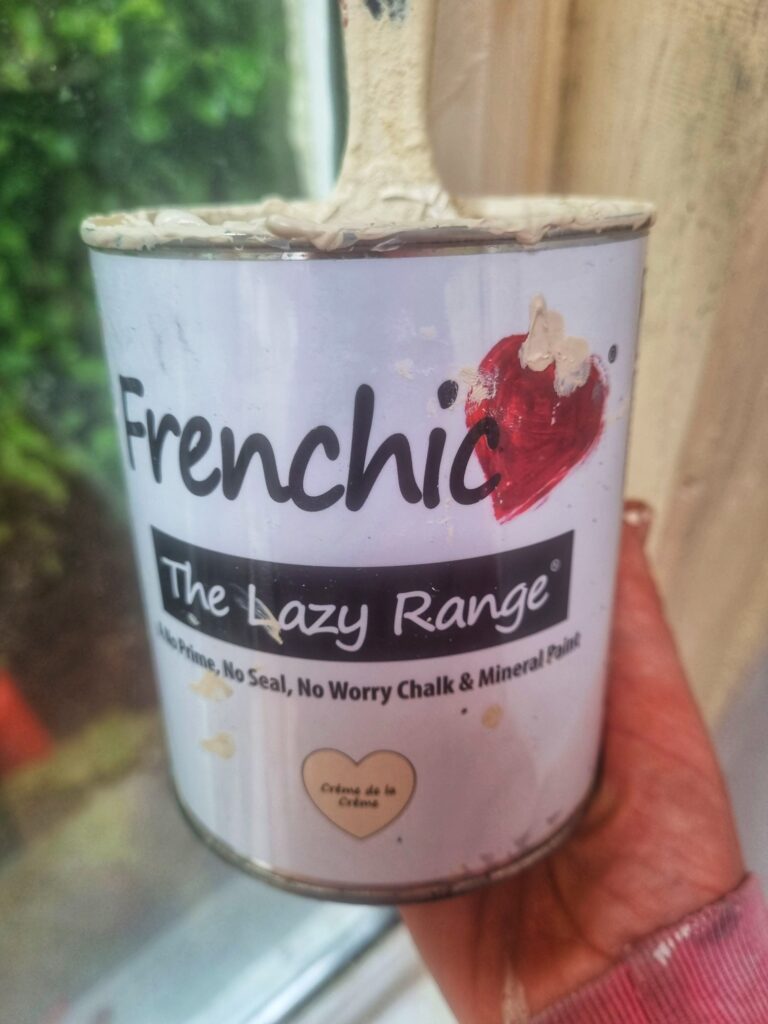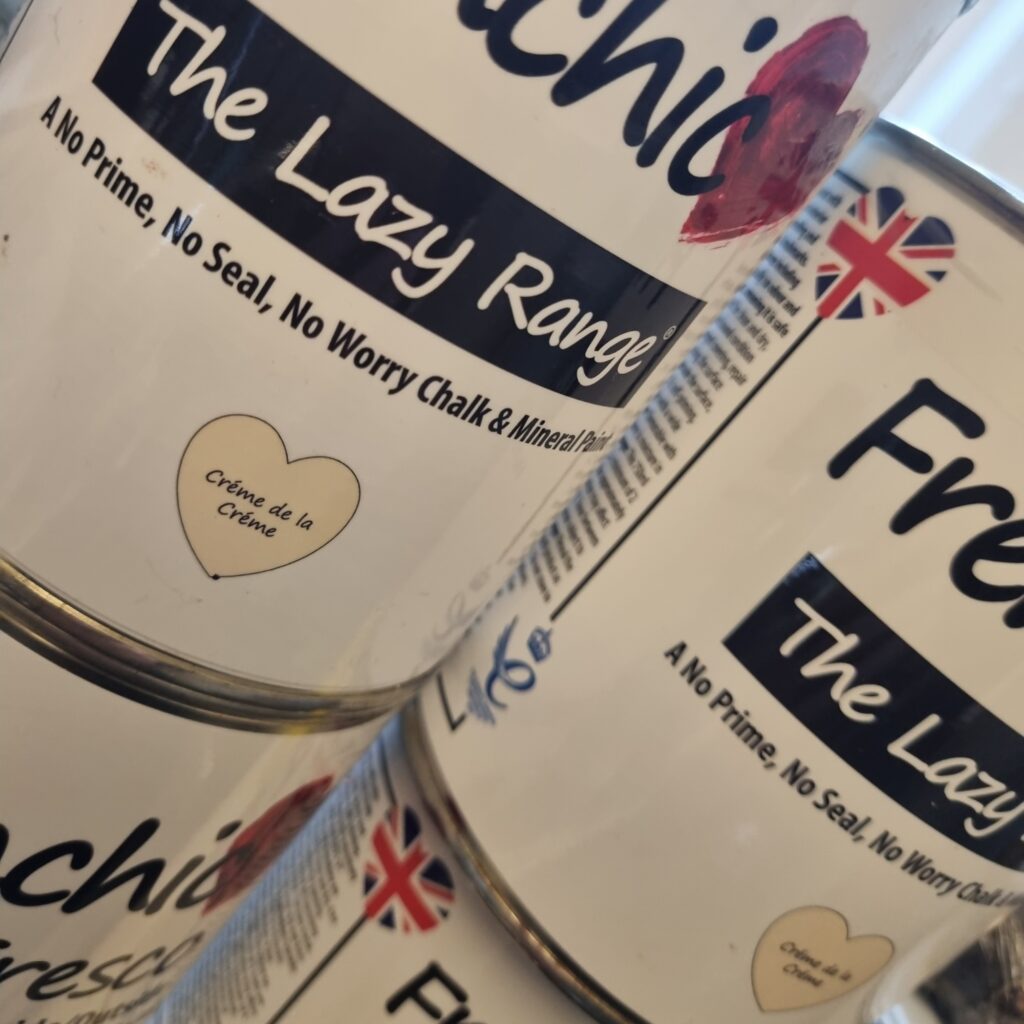Owning an old property is a dream for many, offering charm, character, and a unique sense of history. However, along with the beauty of aged architecture comes a host of challenges, one of the most notorious being the battle against mould and damp.
Fortunately, I’ve discovered there’s a solution that not only protects your beloved antique home but also enhances its beauty: Frenchic Paint. In this article, I will explore how Frenchic Paint can help keep mould and damp away and why it’s an excellent choice for old properties.
Understanding the Challenges of Old Properties
Old properties, with their thick stone or brick walls and wooden beams, often struggle with moisture-related issues like mould and damp. These issues can arise due to various reasons:
- Inadequate insulation: Older properties were often built without modern insulation materials, making them more susceptible to temperature fluctuations and condensation.
- Poor ventilation: Traditional architecture may not have been designed with proper ventilation in mind, which can lead to trapped moisture.
- Aging materials: Over time, the building materials in old properties deteriorate, increasing the risk of leaks and water ingress.
- Historical construction methods: Certain historical construction techniques, like solid stone walls, can absorb moisture and transfer it into interior spaces.
Why Frenchic Paint?
Frenchic Paint has gained immense popularity in recent years, and for good reason. This eco-friendly, high-quality paint is not only perfect for adding a touch of elegance to your antique abode but also acts as a shield against mould and damp. Here’s why it’s a fantastic choice:
- Breathability: Unlike some other paints that seal surfaces completely, Frenchic Paint allows your walls to breathe. This is essential for old properties, as it helps regulate moisture levels and prevents the build-up of dampness behind the paint. The people before us used cheap and nasty paint all over the house on the inside and outside, which was damaging the house. I am very gradually taking this off and using Frenchic in it’s place.
- Moisture resistance: Frenchic Paint contains unique moisture-repelling properties that make it a formidable barrier against water ingress. This is especially important for exterior walls and areas prone to moisture, like bathrooms and kitchens.
- Durability: Old properties require a paint that can withstand the test of time. Frenchic Paint is known for its durability, ensuring that your investment will protect your home for years to come.
- Eco-friendliness: If you’re concerned about the environmental impact of your renovation, Frenchic Paint is an eco-conscious choice. It’s low in VOCs (Volatile Organic Compounds) and contains natural ingredients, making it a safer and more sustainable option.
- Aesthetic appeal: Frenchic Paint comes in a wide range of colours and finishes, allowing you to maintain or enhance the historical charm of your property while keeping mould and damp at bay.
Application Tips
When using Frenchic Paint to protect your old property from mould and damp, keep these application tips in mind:
- Preparation: Properly prepare the surface by cleaning it thoroughly and addressing any existing issues like mould or dampness – don’t just paint over it!
- Priming: Depending on the condition of your walls, consider using a suitable primer before applying Frenchic Paint to ensure better adhesion and protection.
- Multiple coats: Apply multiple coats of Frenchic Paint for maximum moisture resistance and durability.
Final Thoughts
Old properties are gems that deserve to be preserved and cherished. By choosing Frenchic Paint, you not only enhance the aesthetic appeal of your historic home but also safeguard it against the persistent threats of mould and damp. With its breathable, moisture-repellent properties and eco-friendly composition, Frenchic Paint is the ideal choice for those looking to enjoy the beauty of their old property for generations to come. Say goodbye to mould and dampness and say hello to a more comfortable, charming, and durable living space.




